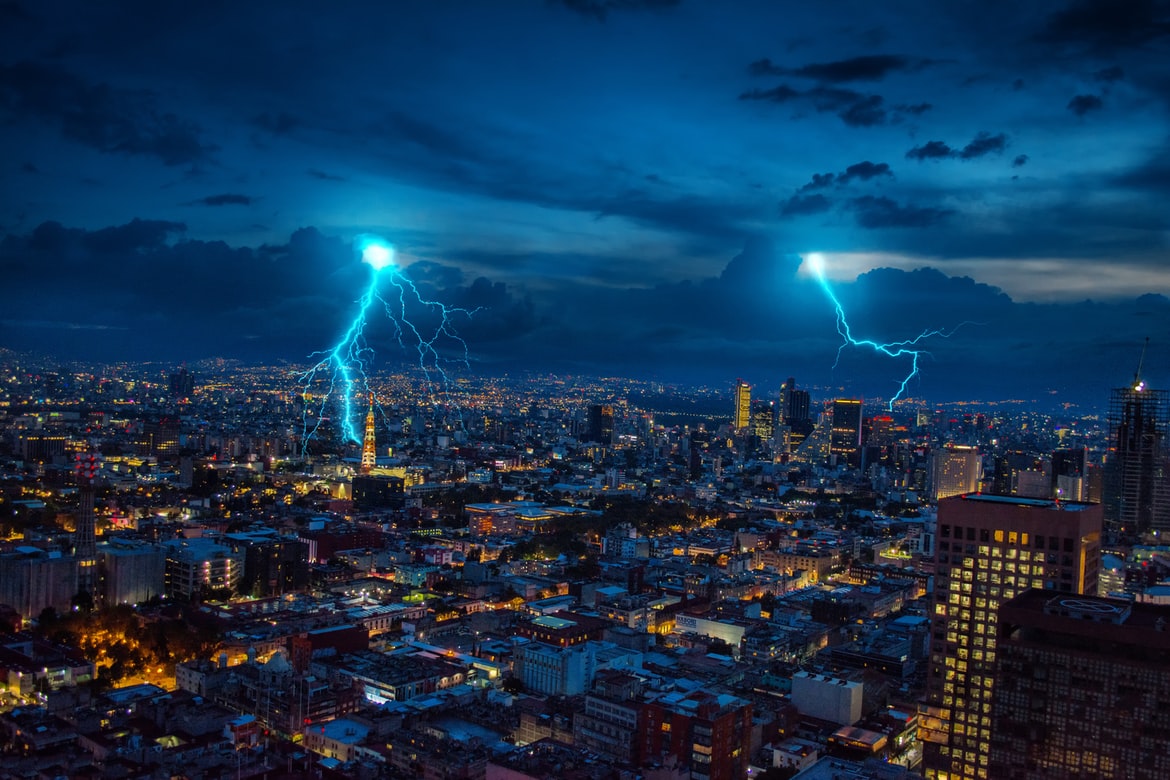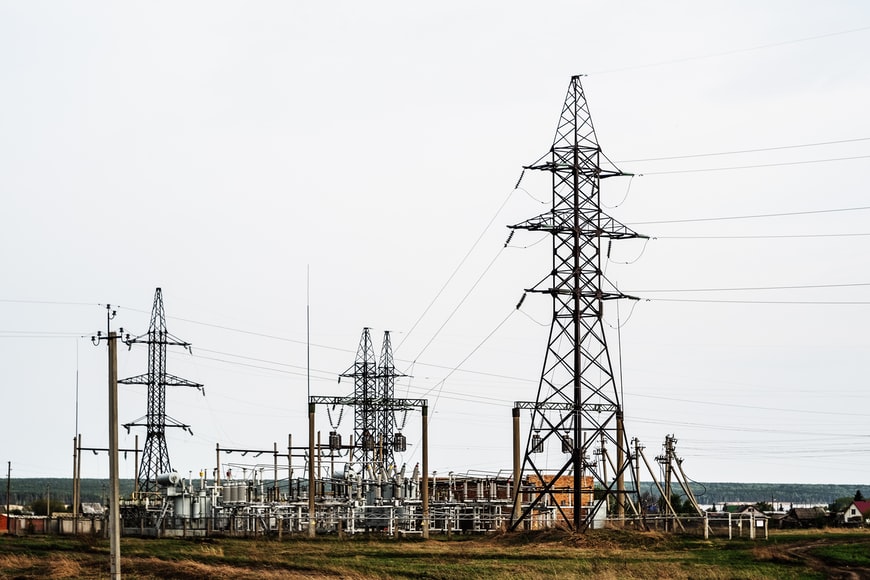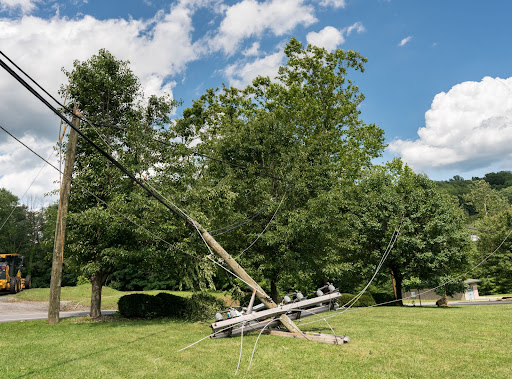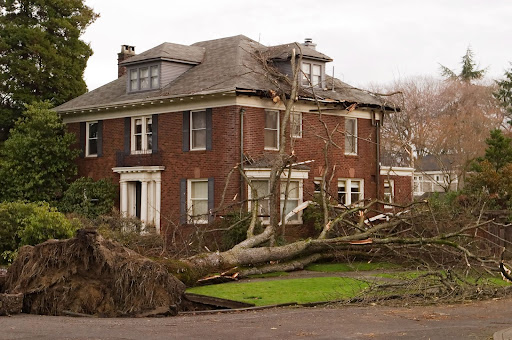Thunder and lightning pose a major property risk and also have the potential of harming the homeowner. It can cause fires and power surges that can damage the electronics in your home. So, whether you are a homeowner or a renter, you should take the necessary steps for lightning resistant to prevent your property from damage, especially during the monsoon season. In this blog, you will know about How to Make Your House Thunder & Lightning Resistant.
Every year, thousands of homes are affected by lightning and thunderstorms. It has caused more property damage than injuries or fatalities. As our homes nowadays are filled with sophisticated electronics and circuitry, the potential property damage caused by lightning continues to rise. But there is always something you can do to keep yourself and your electrical devices safe.
You can anticipate a storm coming by watching the news channels or reading newspapers and take the necessary measures to stay safe. You can even take maximum precautions by checking both the electric sockets and cables. Here are some other practical ways to make your house thunder and lightning resistant:
Table of Contents
Install Lightning Resistant Protection Systems
Installing home lightning protection systems is one of the best ways of safeguarding your house, especially if you live in a place that is often affected by lightning. These systems include air terminals and lightning rods that you may think attract electricity, but it is the opposite.
These items are designed to disperse the electrical energy into the ground and control its path in such a way that the damage is minimized. It not only shields your home from lightning but also keeps it safe against damages caused by fire. You can find the external protection systems on towers, masts, and tall buildings, but they are reasonably expensive and have to be installed by a specialist. Moreover, they demand regular maintenance.
Though lightning protection systems do not keep away the consequences entirely, they significantly reduce the risk of fire and structural damage to your home. Nowadays, a weatherproof network enclosure is used widely to provide a consistent internet connection while protecting sensitive Wi-Fi electronic equipment in whatever conditions.
Unplug Electrical Appliances
You must have observed your parents removing the switches from the board whenever there is a storm or thunder. That is not something they do out of habit, but there is a reason for it.
As you know, in addition to causing structural damages, lightning can destroy the electrical and non-electrical appliances in your home. It can cause power surge damage if it uses your wiring system as its primary or secondary path. As a step towards avoiding such damage, you should unplug the electrical devices or keep them in electrical enclosures in anticipation of a storm.
Install Transient Voltage Surge Suppressors
Installing home lightning protection systems is one of the best ways of safeguarding your house, especially if you live in a place that is often affected by lightning. These systems include air terminals and lightning rods that you may think attract electricity, but it is the opposite.
Would you be able to do anything? No, right?
Maybe that is why transient voltage surge suppressors have become so popular nowadays. As there are always going to be times when you are not at home to unplug the electronics during thunderstorms., you can make sure they stay protected even so. By installing transient voltage surge protectors, you can limit the voltage up to 1.5 times the standard voltage, which helps keep your devices safe even during thunderstorms.
You may not know this, but a lightning strike even at a distance can cause indirect damage to your home. Such indirect damage creates shock waves and overvoltage that can spread either via induction or conductivity. If a surface cable at your home is hit by lightning and it carries the overvoltage to the home it serves, the damage is said to be caused via conductivity.
On the other hand, it is caused via induction when the overvoltage spreads through the electromagnetic radiation and touches an electric circuit to which the appliances are connected.
Check Your Insurance Coverage
Even if you follow all the precautionary steps, you cannot guarantee that not a single thing won?t be damaged in your home during lightning or thunderstorms. So, make sure your homeowner?s or renters? insurance plans cover damage caused by it. As all insurance plans differ from one another, make sure your one covers the damage done to your home and electronics.
Remove Trees too Close to Your Home
Lightning strikes are devastating to trees; they can split them apart, cause fire, and even send shrapnel-like bark flying to your window. Even if your home does not suffer direct lightning hit, a tree near it may. That is why it is suggested to contact a reputable tree service company to have the damaged ones inspected and removed as they are vulnerable to other damages.
As lightning damage may increase the risk of diseases, decay, and trees falling, you can limit it by removing the trees too close to your home. If you are too close to the 100-year old oak tree in your yard, talk to a tree care company to install lightning protection systems on them.
Final Words
If there is a storm brewing outside your window, unplug as many electrical appliances as you can. However, pulling the plugs out of all sockets is practically impossible, so just think of built-in devices such as dishwashers, refrigerator, microwave, or oven. You may also switch off all the circuits via the mains switch. But by doing so, you will have to stay without lights.
During thunderstorms, it is safer if you stay inside and avoid going outside to run some errands or take your dog for a walk. If you live in a place often affected by lightning, keep spare candles, flashlights, batteries, and hand-crank chargers in the store. You will surely make use out of them someday or the other.



